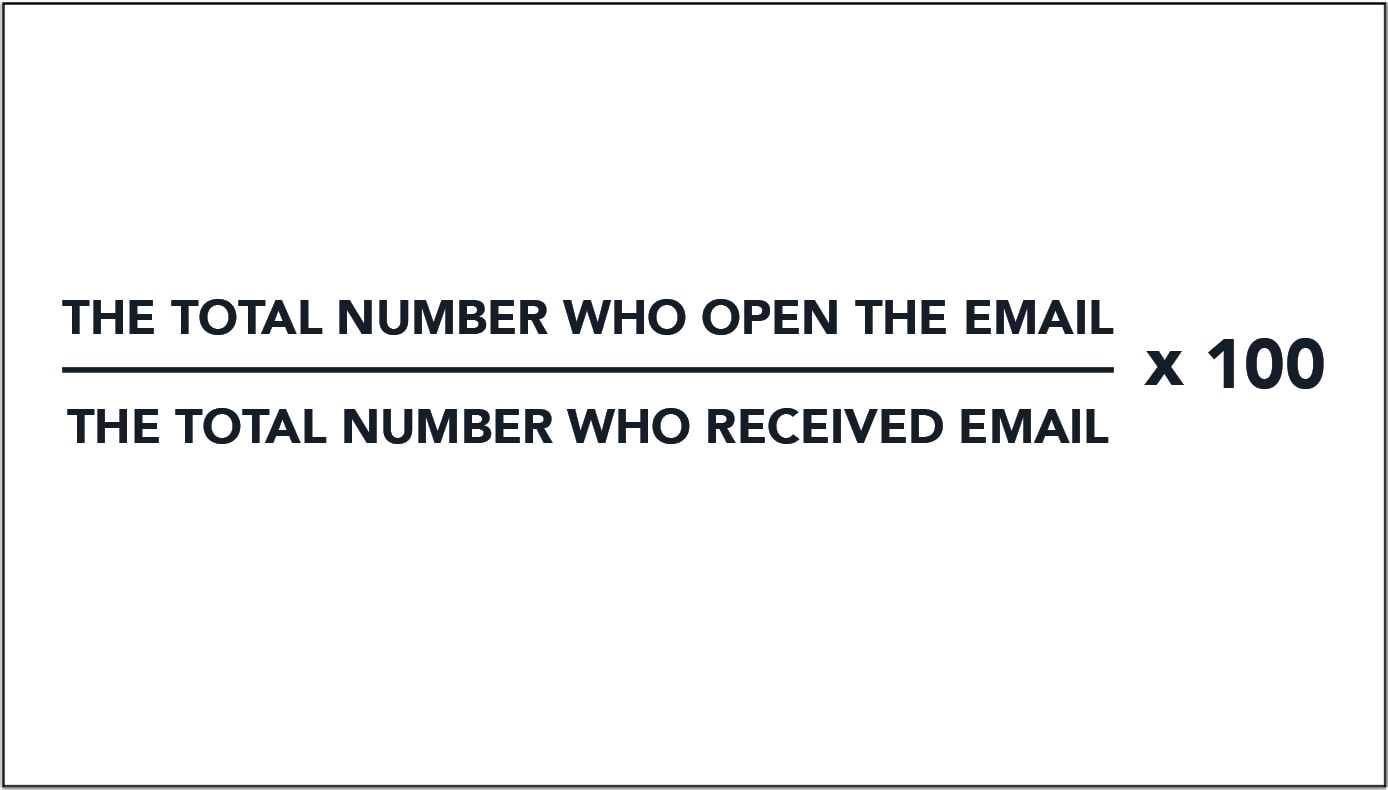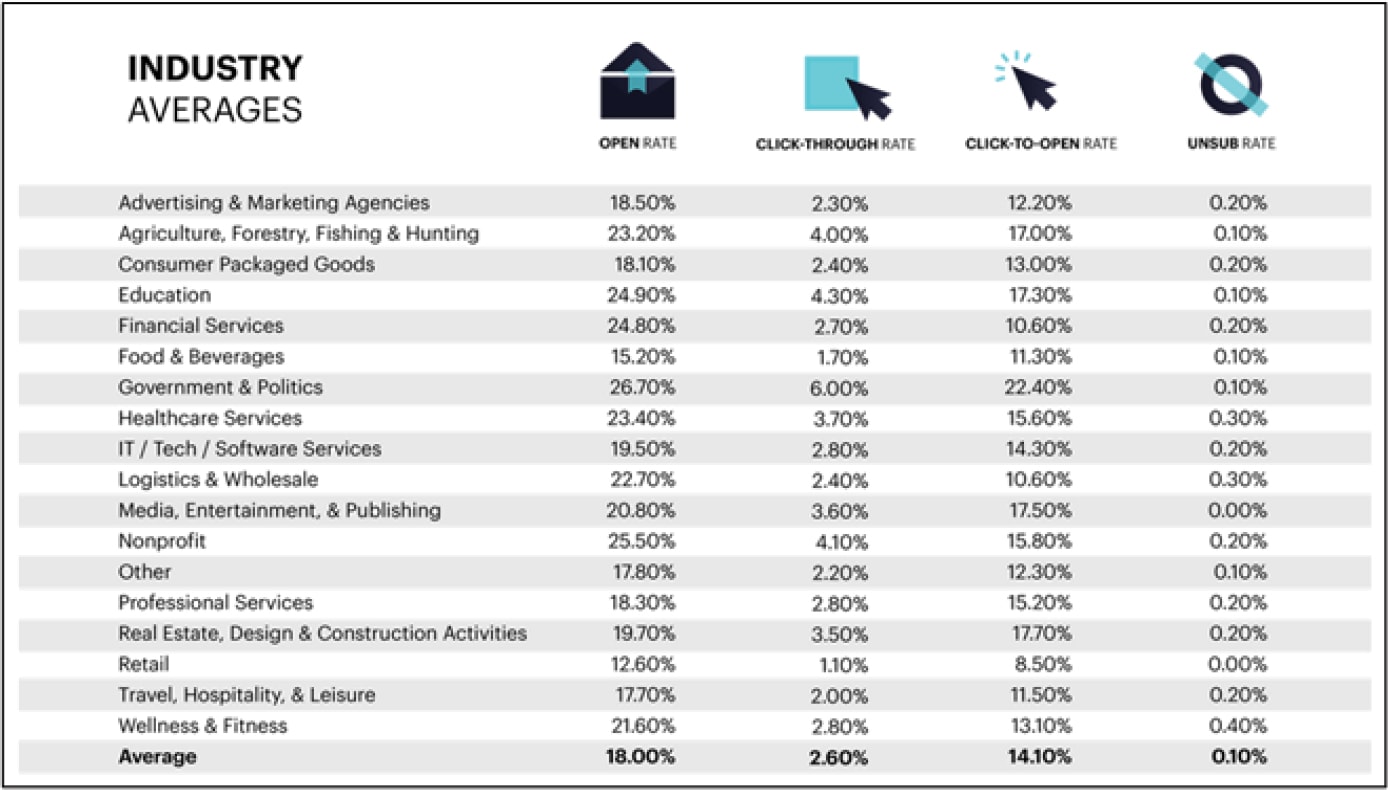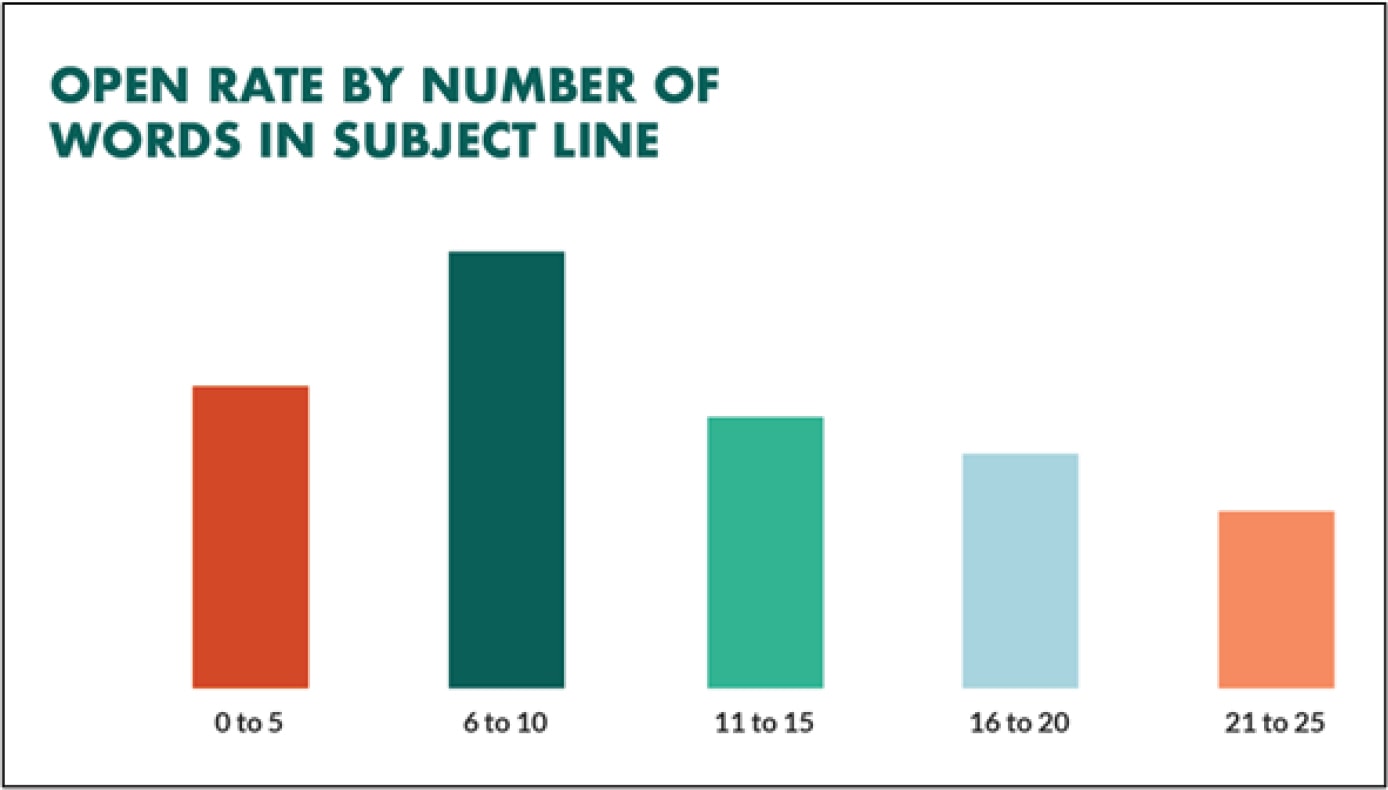Ep. 298: Email Marketing: Testing What Works
Subject Line Testing and Other A/B Split Testing Techniques
Who should listen: Anyone wanting to improve the effectiveness of their email marketing, including their open rate, click-through rate, and more.
Key idea: If you don’t test, you won’t know what is working and what needs to be adjusted.
Action item: Conduct an A/B test on your next email send or newsletter.
Testing is fundamental to effective marketing. Professional marketers routinely test just about everything they can when it comes to their messages—subject lines, images, copy, calls to action, colors, timing, and offers. They’ll even test font styles and sizes.
While you don’t necessarily have to be as persnickety when testing your email messages, if you want to get the best possible results, then there are a few tests that should be a routine part of your email marketing strategy.
In this week’s Silver Dollar episode, we discuss how to conduct a basic A/B split test. An A/B split test (or simply an AB test or split test) enables you to select one element of a message and test it against variations of that same element to see what improvement, if any, a variation produces. You can test as many variations as you wish, but it’s important that you test only one element at a time.
In these show notes, we talk about what every marketer worth their salt will tell you is the most important part to test in every email: the subject line.
Subject line testing is indispensable
David Ogilvy, who is often referred to as the “Father of Advertising,” was a brilliant marketer and the owner of one of the most famous and largest advertising agencies on the planet. He’s credited with saying that once you’ve written your headline, you’ve spent 80 cents of your dollar. (The same can be said of your subject line.)
Why are headlines and subject lines so “expensive”? It’s because if either of them is not sufficiently intriguing to persuade someone to read on or click to open, then nothing else about your message matters since it won’t be read.
This 80/20 rule of copywriting justifies spending much more time developing captivating subject lines for your emails than you would spend writing the body and crafting what you want to say.
The smallest change can produce a dramatic difference
A sure sign that you have an effective subject line is that you get a good open rate.
The open rate is the percentage of the total number of people who opened an email compared to the number of people it was sent to:
In 2020, Campaign Monitor reported the average email open rate across all industries was 18.00%. Of course, the percentage for specific industries will vary up or down from this number:
What’s interesting about subject line testing is you may find that the most innocuous changes to a subject line produce the most extraordinary results when it comes to improving its open rate. You may find that switching one adjective for another, or including a specific number rather than a vague reference, makes all the difference in the world to your open rate. Which would you open?
We’re offering great savings on bedsheets
vs.
We’re offering once-in-a-lifetime savings on bedsheets
A guide to writing irresistible subject lines
You can do an internet search for “effective subject lines” and find dozens upon dozens of lists and models for writing subject lines. Many of them are organized by type of email or purpose, such as abandoned-cart emails, welcome emails, and promotional emails.
There’s no reason why you need to start from scratch, but if you want to venture out and start with a blank slate, then there are certain guidelines that professional email marketers suggest you follow when writing subject lines that beg to be opened:
- Keep them short. A range of between 40 and 60 characters (that includes spaces!) is ideal.
- Shoot for between 6 and 10 words. (8 words is ideal.)
- Be clear rather than clever. You might think your subject line is brilliant, but your recipients won’t care.
- Aim to fulfill the 4 U’s. Write your subject lines so that they are urgent, ultraspecific, useful, and unique.
When you listen to the episode, you’ll discover much more about other aspects of your emails that are worth testing; some tools that will make testing your emails, online ads, and parts of your website easy; and at least two ways you can improve your critical eye for good subject lines.
Please enjoy this episode, and we’d appreciate it if you would give us a five-star rating and leave a review on Apple Podcasts. (Not sure how to leave a review? Click here.)
Connect | Resources
Free checklist: Best Practices for Email Marketing


















 Soundcloud
Soundcloud iHeart Radio
iHeart Radio Spotify
Spotify Spotify
Spotify


